Day of the Harvest at a Poultry Farm: What the Video Shows and Doesn’t
See modern food systems in action.
The YouTube video titled “Harvesting Many Chickens On Farm – Use Trucks To Transport Chickens Goes To Market Sell,” provides a raw view of the most unforgiving day on a broiler farm: when the birds come out of the barns and go into the food supply chain. The action is basic — workers, crates, forklifts, and trucks — but captures a more intricate choreography of animal handling, biosecurity, logistics, and economics that few of us ever glimpse.
A Quick Overview
At first glance, the online video shows a routine part of poultry production, processing chickens approaching the end of their short lives on the farm. After a few weeks of feeding and farm upkeep, the birds are “caught” (rounded up and put in ventilated carriers), stacked, and driven away on trucks. Those trucks are then bound for a processing plant or market buyer. But what appears as a single event is, in fact, the result of months of planning: chick placement, biosecurity protocols, and feed conversion targets, tracking mortality and contracted pickup times all converge here.
The Dance of Catch and Load
Preparing the Barn:
Even before any birds are handled, the team sets up a sort of barn: doors are arranged to make for easy exits, lights are sometimes dimmed (to keep the birds calm), and temporary barriers direct movement. Lowering stress is a goal on both the animal-welfare front and the practical one — calmer birds result in fewer human and bird injuries.
Forming Teams:
The work is generally done in small teams. Some employees guide birds into meagerly sized flocks, while others put the victims into crates, and another team stacks crates on pallets or directly onto a truck’s racks. There’s a rhythm to individual tasks, and your group works in unison to keep everything moving along without creating bottlenecks.
Ventilated Crates:
The crates you see — typically tough plastic with slotted sides and top — are designed for airflow, stacking ease, and quick latching. Ventilation is key; birds produce heat, and when hundreds of crates are closely packed, the risk for overheating goes up.
Forklifts and Muscle:
Stacks of crates are moved with a forklift, pallet jack, or the truck’s own hydraulic lift, depending on how the farm is rigged. Good forklift operators are worth their weight in gold here: accurate manipulation pays off with safer stacks, quicker loading, and fewer dropped crates.
Truck Loading Pattern:
Some trucks are set up with modular racks, while others run stacked cabinets for immediate use. The loading system is configured to maintain the balance of weight and circulating air. Drivers and loaders are always talking to each other as an added precaution against anything being off balance, particularly when traversing rough farm access tracks.
Biosecurity and Cleanliness in the Background
The video may not linger on it, but biosecurity — the precautions against bringing disease into a barn — is never entirely absent. Teams are able to employ footbaths, protective clothing, and designated entry points. Trucks could be sanitized at farm gates, and crews can be trained not to cross-contaminate barns. For the modern poultry industry, avian influenza — a virus that had remained mostly in the shadows since birds first carried earth’s species-altering diseases — was a threat of the highest order: a single thoughtless action could lead to catastrophic losses. Even basic choices — clean crates, well-serviced fans, and staying out of the barn if you don’t really need to be in there — can protect both birds and livelihoods.
Animal Welfare: The Best Practices That Count
When they see quick catching and stacking, viewers worry. It’s worth remembering that speed and welfare are not opposites — well-trained crews move quickly because less handling time is less stress. Here are signs of better practice:
- Calm Handling: Lower your lights and voices to help keep birds settled.
- Secure, Steady Holds: Lift the bird properly (that means supporting its body, not simply grabbing a wing or leg), and there’s no risk of injury.
- Breaks and Observation: Crews stop periodically to check for any birds in distress, and drivers watch the temperature and airflow after the truck is loaded.
- Journey Planning: Conveyance, travel time, and vessel storage (or buyer’s plant) are matched to reduce downtime. When such good practices emerge — even in tiny whispers — they tell a story of a culture where people give a damn about the animals and their own safety.
Logistics and Timing: When Every Minute is Money
Harvest day is an acrobatic undertaking. Every minute counts for the comfort of your birds, fuel costs, and labor hours:
- Dispatch Windows: They are booked for small spaces. If a crew runs behind schedule, they could miss out on their slot at the plant or have to pay waiting fees.
- Throughput Targets: You can’t load thousands and thousands of birds haphazardly in a barn, so each team typically works to hit consistent crate counts per hour.
- Temperature Management: Early morning loading is frequent in hot climates to avoid heat stress; midday may be more appropriate in cool regions.
- Communications: Growers, drivers, and plant managers stay on the same page with a basic two-way radio or messaging group.
The Economics You Don’t See, But Can Feel
Even without specific numbers on the screen, you can deduce the math:
- Feed Conversion and Weight: The price is established by the average weight of the flock at pickup. Too light, and revenue declines; too heavy, and plants can penalize or have difficulty processing it.
- Contract Models: Most growers are paid on a contract basis linked to performance indicators and plant averages. The timing of the pickup — precisely how soon birds are harvested after they die — can affect those results.
- Operational Costs: Weekly per-grade payroll statements, with hunting 5 days until Thursday yet another Friday paycheck for catching crews if their labor was billed the previous Monday; truck fuel; crate repair; equipment depreciation; food. Prep costs are likely not meats and vegetables as I assumed prior to point 2, since the fruits of the harvest will have been moved throughout infrastructure. None of them except “crops” need pissing on. Distractors can be had in charts against previous years. For every effortless handoff you see in the video, it means reduced sunk costs and better margins for everyone that’s a part of it.
Environment and Waste: The Unglamorous Necessities
Large-scale poultry has environmental responsibilities:
- Manure Management: Litter (the bedding, mixed with the manure) needs to be managed to limit ammonia production, pest infestations, and runoff into waterways.
- Dead-On-Arrival (DOA) Tracking: Ethical operations follow and strive to diminish DOAs by improving handling, crate ventilation, and quick transit.
- Vehicle Emissions: The planning of routes, along with load optimization, reduces fuel burn and carbon footprints.
- Litter Reuse: Some operations compost, or reuse litter as fertilizer under regulated use, while others hinge clean-out schedules on biosecurity plans. If a farm is truly implementing these practices correctly, you just tend to see it incidentally — tidy yard space and crate stacks, clean fans, and curtains on barns.
People at the Center
It’s simple to fixate on birds and trucks, but people — the catchers, forklift drivers, drivers themselves, and farm managers — are the keystone:
-
Skill and Stamina:
- Catching is both repetitive and physically demanding; with routine task rotation and proper breaks, injuries are avoided.
-
Training and Culture:
- The teams that train in animal welfare and ergonomics function more safely, effectively.
-
Dignity and Inclusion:
- Multicultural teams are common on many farms. If we speak respectfully, have clear safety signs, and inclusive practices, everyone wins. A farm that takes responsibility for its humans is a farm that’s likely to take better care of its animals — and those are the farms responsible for smoother harvest days like this one on screen.
Technology Quietly Shaping the Day
Even though the video focuses on manual labor, technology looms larger:
- Ventilation controllers are programmed to keep barn climate tight before pickup.
- Weighting system samples median average weight of birds to plan correct day and time.
- Dispatching trucks efficiently, with the aid of route planning software.
- Data collection (on mortality, growth, and feed conversion) influences future flocks and contract agreements. Simple upgrades like real-time thermometers on loaded trucks can have a real impact on welfare and losses.
Common Dangers — and How Good Crews Steer Clear of Them
- Heat Stress in Transit: Reduced by shaded staging areas, crate separation, and quick release.
- Rough Handling: Mitigated through training, supervision, and clear pace guidelines; emphasizing control rather than pace.
- Stack Collapse: Avoided by proper crate closure, no stacking, and careful forklift operation.
- Cross-Contamination: Tackled through clean crates, those vehicle disinfection, and tighter visiting arrangements when farms are at risk from disease. While you view the video, judge professionalism by how many dropped crates and coolers come into view, how smoothly stacks move on and off tables, or whether workers look pressured or composed.
Why This Matters to Consumers
If you eat chicken, this is your food chain. Harvest day connects farm care with the food on your table. The quality of what you see — calm handling, tidy equipment, organized movement — often reflects the quality of the meat you buy and the sustainability of the system that produces it. Questioning retailers and brands about animal welfare standards, transport times, and farm support programs could be a practical way of turning concern into best practice throughout the industry.
Practical Takeaways — What the Video Teaches
-
Preparation Beats Improvisation:
- Measured and bloodless, the most humane, efficient harvests are planned hours (and policies) in advance.
-
Small Design Choices Matter:
- Ventilated crates, dim lights, and Ambrose-like doorways minimize stress and cuts.
-
People Are a Welfare Factor:
- The best-trained, most respected crews make the single biggest difference to outcomes.
-
Logistics Drives Economics:
- By making sure the pickups are timely, loads are balanced, and keeping communication clear, we protect margins – and birds.
-
Transparency Helps Everyone:
- Publication of real farm videos — like this one — allows accountability and helps with learning.
Final Reflection
The video is not a lecture or an editorial; it just reveals. It’s worth it for its simplicity. Harvest day is a hard, delicate, significant business. When it’s done with care — steady hands, clean equipment, and thoughtful pacing — it honors the animals, protects the workers, and fulfills the promise of safe food for the community. That’s what we would want to witness each time a truck leaves the side of a poultry barn.
Source (reference)
YouTube: “Harvesting Many Chickens On The Farm – Use Trucks To Transport Chickens Goes To Market Sell.” (Accessed October 4, 2025).
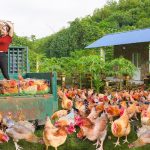
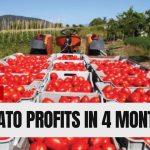

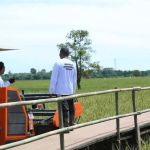

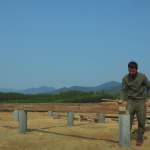
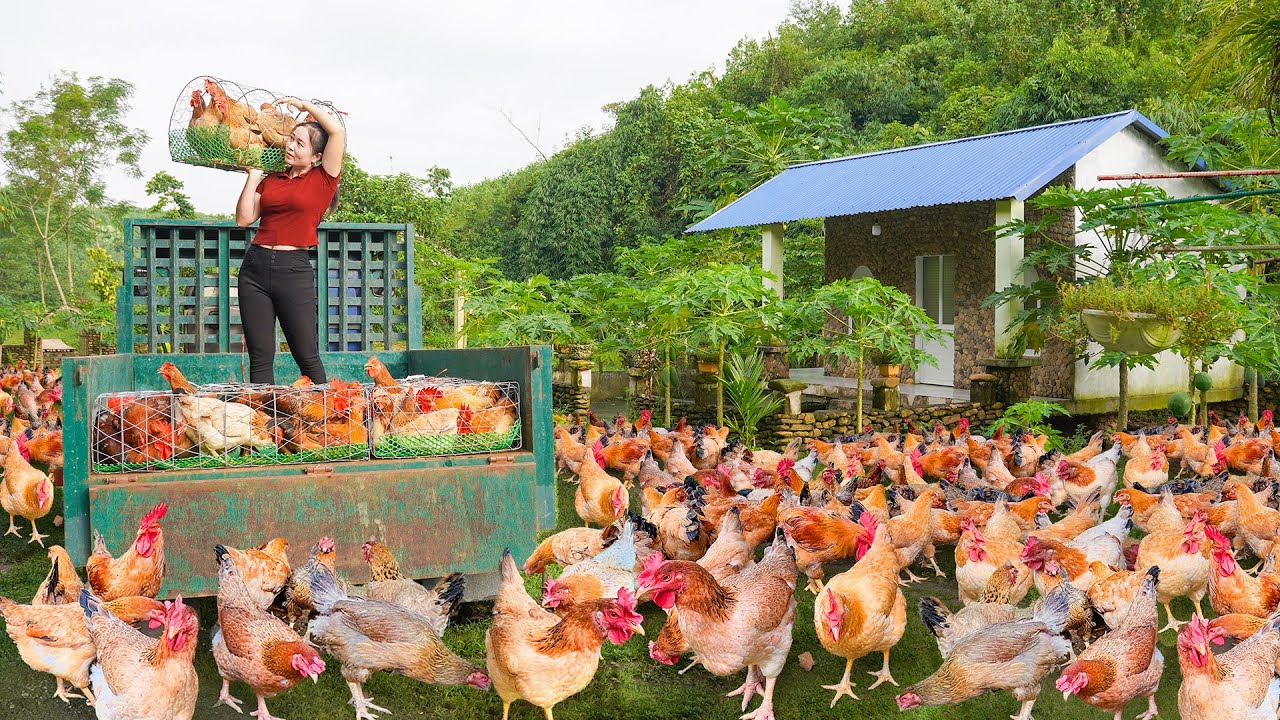



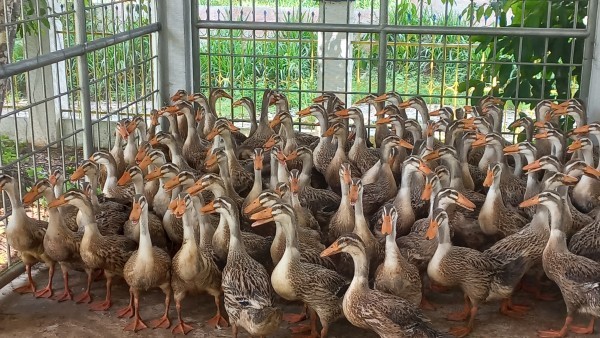
https://t.me/s/z_official_1xbet
https://t.me/s/Official_Pokerdomm